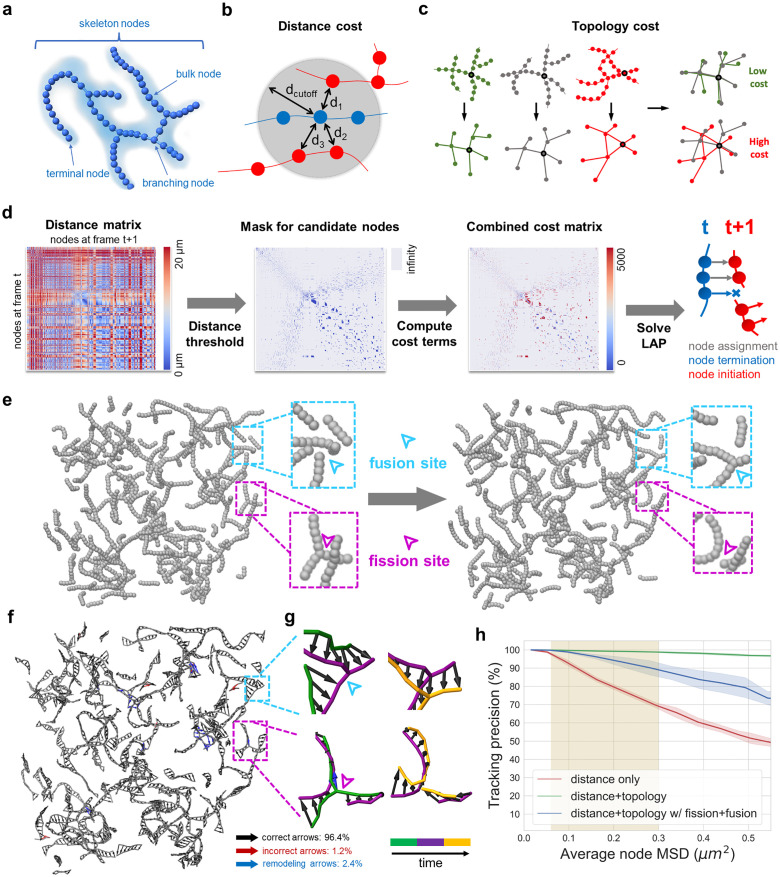Fig 2. Algorithm design and in-silico validation of 4D mitochondrial network tracking.
a, Discretized nodes along the segmented mitochondria skeleton serve as the basis for network tracking. Terminal, branching, and bulk nodes are treated equally and termed skeleton nodes. Cloud: fluorescence density; sphere: skeleton node. b-c, Cost terms used for the linear assignment problem (LAP) formulation of node tracking. Spatial proximity is measured as distances between nodes within two consecutive frames. Topology cost is computed using a graph comparison that assigns low cost for similar local topology. d, LAP formulation of node tracking for the mitochondrial network. From left to right: 1) pairwise distance matrix for nodes at frames T and T+1; 2) thresholds to eliminate nodes too far to be tracked; 3) spatial separation and network topology constraints; 4) the solution to the LAP yields the tracking results as linked node pairs, along with terminated and initiated nodes. e, Two consecutive frames of a reaction-diffusion mitochondrial network simulation with representative fusion (cyan) and fission (magenta) positions pointed out by the arrows. f, Temporal network tracking for the simulated mitochondria for two consecutive timepoints (black: correct arrow, red: incorrect arrows, blue: incorrect arrows at the fusion/fission sites). g, Magnification of the example in-silico fusion (cyan) and fission (magenta) events in e). h, The y-axis denotes tracking precision which is the percentage of nodes that are correctly tracked (based on simulation ground-truth). The x-axis denotes average node mean squared displacement (MSD) per frame, which is linearly proportional to the frame interval according to MSD = 6Dτ. MSD is computed by converting simulation units to real world units so that it can be comparable to experimental data. Tracking is then performed for three scenarios: 1) red: tracking on simulations without fusion/fission using distance cost only (similar curve for simulation with fusion/fission); 2) green: tracking on simulation without fusion/fission using distance and topology costs; 3) blue: tracking on simulation with fusion/fission using distance and topology costs.

